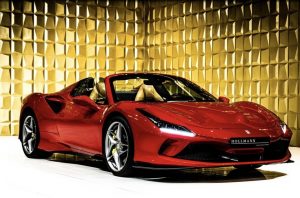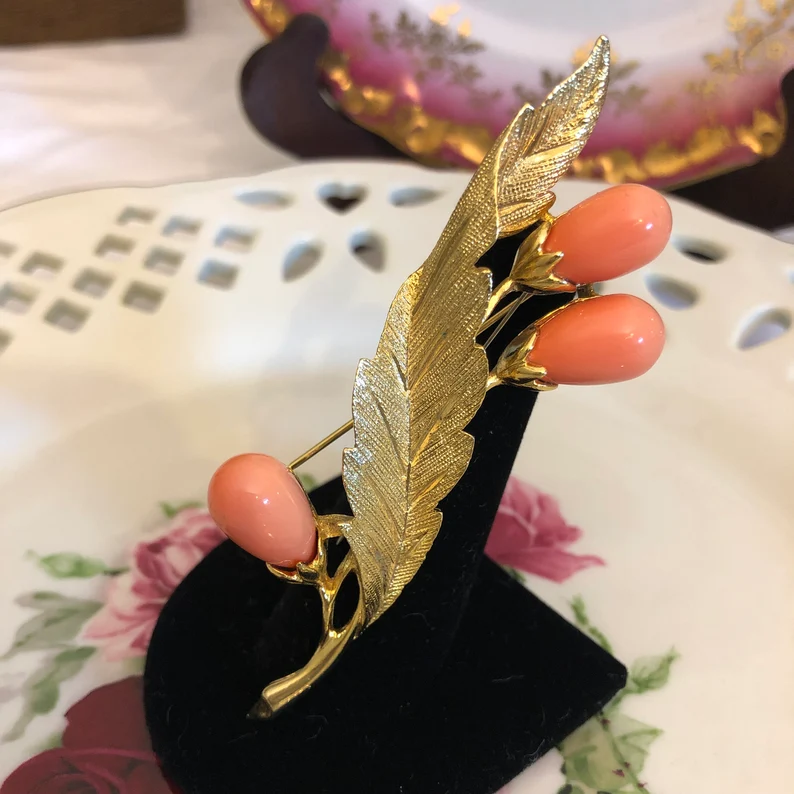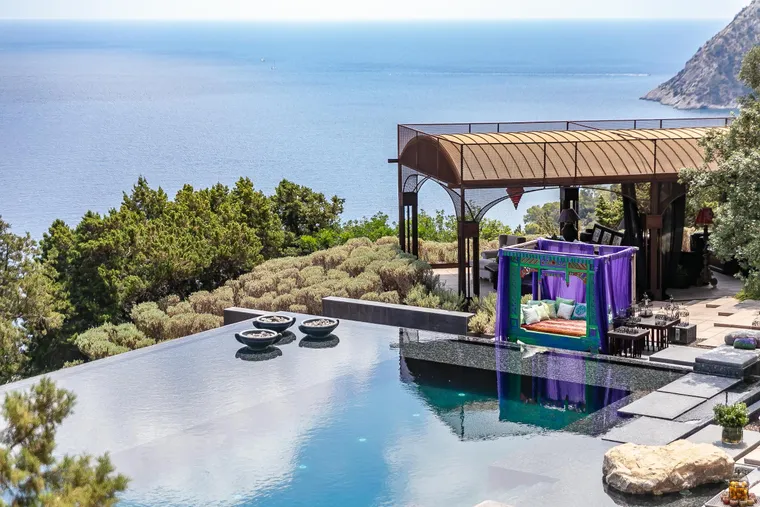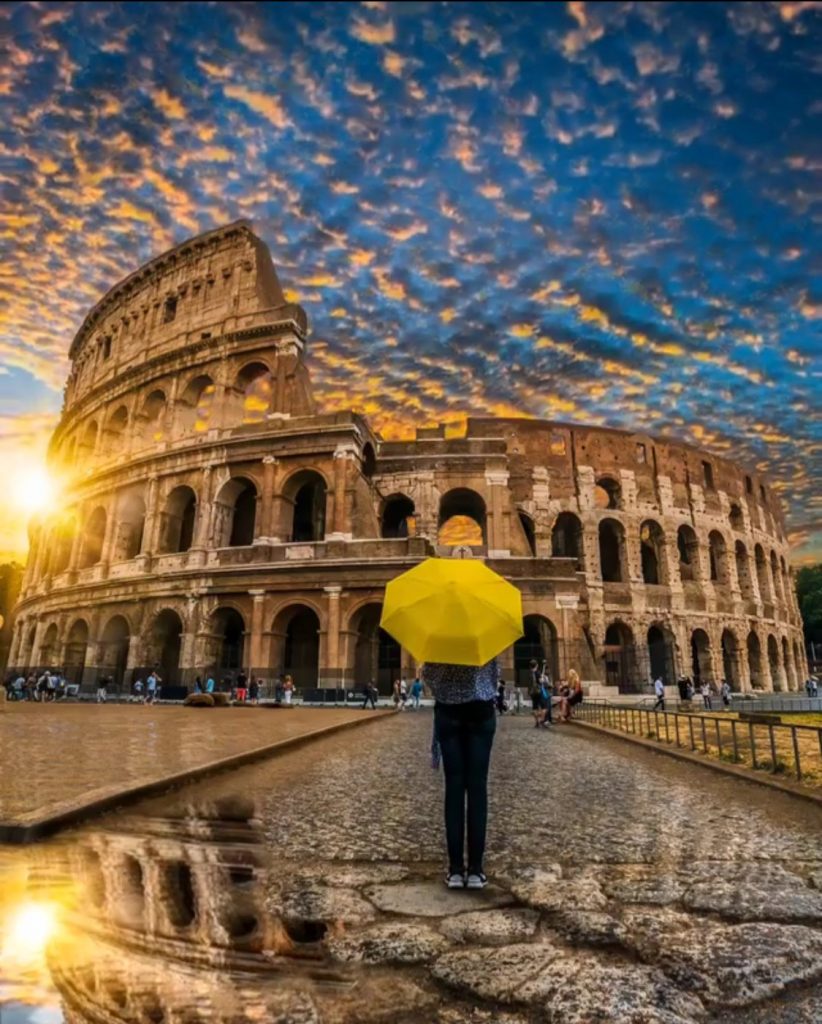
It may be a cliché, but there’s no better advice for visitors to the Eternal City than the old adage, “When in Rome, do as the Romans do.” This is where la dolce vita originated, after all. Of course, after more than 2,000 years in existence, there’s enough to explore to keep you busy for years, with decadent pasta and gelato to indulge in, places to shop for everything from handicrafts to haute couture, archeological sites, Baroque churches, villas-turned-museums, and enough art to overload your senses. Whether you’ve never visited Rome or return often, here are twenty-five things you absolutely must do.
Visit the Colosseum

The most internationally recognized symbol of Rome, the Colosseum has a long and bloody history. It was inaugurated in 80 A.D. with 100 days of games, including gladiatorial combats and animal fights. It was the largest amphitheater in the Roman Empire and is believed to have packed up to 50,000 people inside. Despite centuries of neglect—it was used as a quarry until the eighteenth century—it has remained intact (for the most part). Today nearly 4 million people visit annually. Buy your tickets in advance or be prepared to wait in a very long line. A combined ticket for the Roman Forum, Colosseum, and Palatine Hill grants access to all three sites and lets you skip the line at the Colosseum.
Admire Ancient Ruins at the Roman Forum
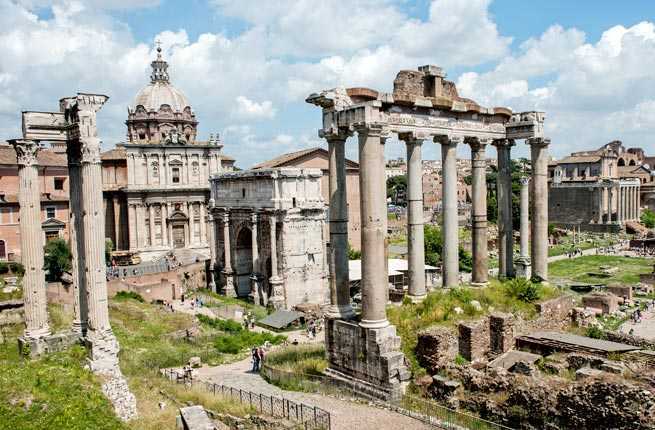
Entering the huge archeological site of the Roman Forum and strolling through the ruins, you can almost imagine the citizens of Ancient Rome walking the cobblestoned streets in togas and bringing sacrifices to the temples. Of course, it helps to have a guide who can bring the stories to life, or you might mistake Augustus’s house for Livia’s, as there are no signs within the complex indicating what’s what. The site dates back to around 500 B.C., but was enlarged by Julius Caesar, Augustus Caesar, Domitian, and Trajan. In fact, you’ll see remnants of Imperial Rome extending beyond the limits of the Forum to include Trajan’s Column, the Arch of Titus, and the Circus Maximus, just to name a few. After visiting the Forum, try your luck with the Bocca della Verità, an ancient stone carving of a bearded man’s face. According to myth, it will bite off the hand of anyone not telling the truth.
Gaze at the Architectural Marvel That is the Pantheon

Though the name refers to a temple for all the gods, the Pantheon is actually the burial place of Rome’s kings and other prominent figures, including Raphael. The temple was built between 118 and 128 A.D. on the site of an older temple. A feat of architectural ingenuity, it was the world’s largest dome until the modern era, has been called the world’s only architecturally perfect building, and is the best-preserved monument of Imperial Rome. Walk inside and look up—the oculus in the dome is open to the sky, letting sunlight filter in.
Transport Yourself to Baroque Rome at Piazza Navona
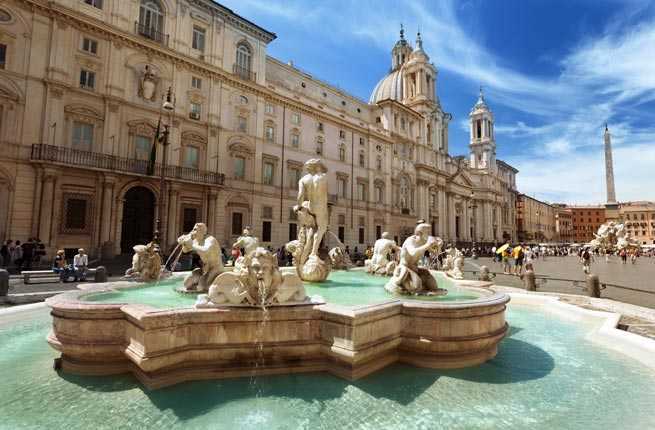
One of the most popular public spaces in Rome, the magnificent, oval-shaped Piazza Navona is lined with restaurants, gelaterias, souvenir shops, and the Museo di Roma inside the Renaissance Palazzo Braschi. The city’s Baroque art is on full display here. Bernini’s Fontana dei Quattro Fiumi features exquisitely carved figures representing the world’s four great rivers, and legend has it that the figure with his arms extended is recoiling in horror from the church of Sant’Agnese in Agone by Borromini, Bernini’s rival. Wander down the small street next to the church and make your way toward Via della Pace, one of the city’s most picturesque streets. At the end stands the church of Santa Maria della Pace, its white portico gleaming in the sun. Make time to stop for un caffè or a glass of wine at Antico Caffè della Pace, a legendary nineteenth-century haunt still as chic as ever and one of the best places for a classic Italian aperitivo.
Pay Your Respects to the Vatican and Its Museums
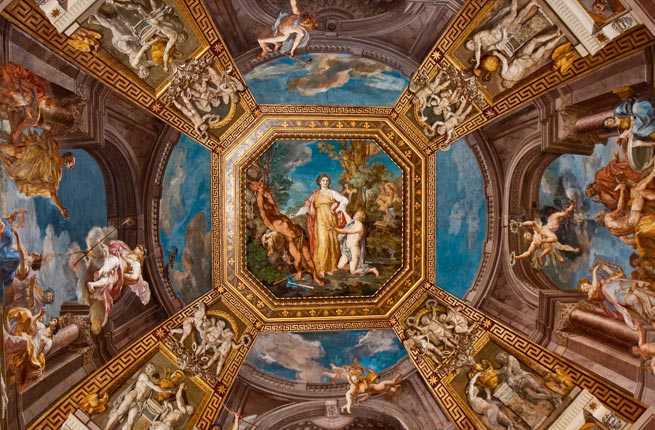
You could easily spend a whole day exploring the area around the Vatican. Start at the Piazza di San Pietro, which Bernini designed to look like arms extended in an embrace. Besides St. Peter’s Basilica, the absolute must-see is the Vatican Museums, which contain Michelangelo’s Sistine Chapel. Other highlights in the 1,400-room palace include the Raphael Rooms, old master paintings, and antique sculptures. Just south of Vatican City stands Castel Sant’Angelo, where popes sought solace during sieges. Climb to the top for splendid views of Vatican City and the Tiber. At its base you can see the Ponte Sant’Angelo with Bernini’s exquisitely carved marble angels.
Visit St. Peter’s Basilica

St. Peter’s Basilica may be a pilgrimage site for Catholics, but even non-believers can appreciate the church’s architectural majesty. The original dates back to 349 A.D., when Constantine had a basilica built over the tomb of St. Peter, the first pope. That church was razed to make way for the current one, the world’s largest church at 18,000 square yards, which has been standing on this spot since 1626. Inside you’ll find Bernini’s masterful altarpiece—the great bronze baldacchino—and Michelangelo’s Pietà.
Climb the Spanish Steps
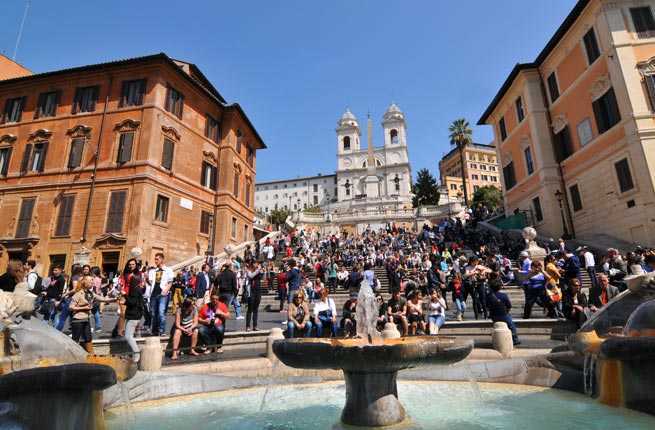
Fascinating in its contradictions, the Piazza di Spagnais both democratic and home to the city’s fanciest boutiques on Via dei Condotti, Rome’s legendary shopping street. Climb the famous steps leading to the Trinità dei Monti church to admire the piazza and Bernini’s ship-shaped fountain from above. If you’re feeling ambitious, climb to the Villa Medici for stunning views of the Centro Storico. Off to the side of the steps, you’ll find the Keats-Shelley Memorial House, one of Rome’s excellent under-the-radar museums.
Explore Trastevere
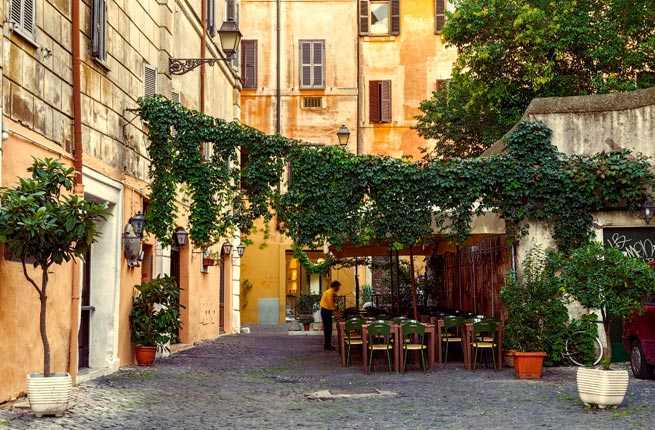
Trastevere means “across the Tiber,” and once you cross the river, you’ll notice the difference. The vibe is hip and bohemian, and you’ll find plenty of boutiques selling jewelry, perfumes, and handicrafts in a neighborhood where you can stroll aimlessly through the cobblestoned streets flanked by ochre buildings and stumble upon amazing discoveries. At night, Trastevere buzzes with people hanging out and drinking at the bars that line the streets. It’s easy to wander around and find one that appeals to you, but a good place to start is Freni e Frizioni, which serves a great aperitivo and cocktails with fresh fruit.
Throw a Coin in the Trevi Fountain
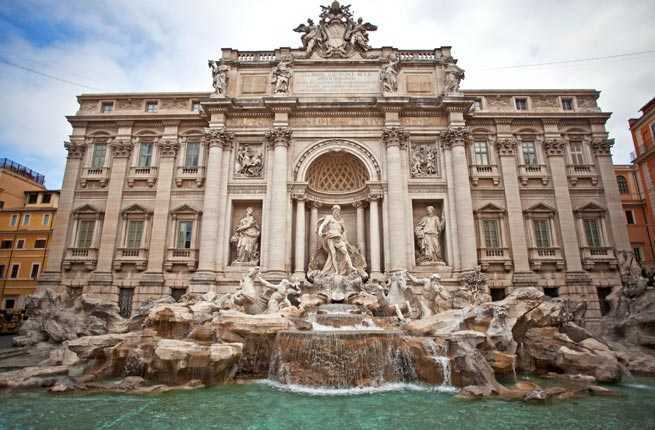
Any trip to Rome would be incomplete without a visit to the Trevi Fountain. Nicola Salvi’s awe-inspiring Baroque masterpiece features a marble statue of Neptune at the center, surrounded by tritons. Legend has it that anyone who throws a coin in the fountain will return to Rome. Unfortunately, the gorgeous fountain tends to be overrun by tourists vying for that perfect selfie angle and street hawkers selling cheap souvenirs. Visit early in the morning or late at night, when the crowds disperse. You might just experience a magical moment like in La Dolce Vita when Marcello Mastroianni wades into the fountain after Anita Ekberg.
Admire Masterpieces in Galleria Borghese and Stroll Through Villa Borghese
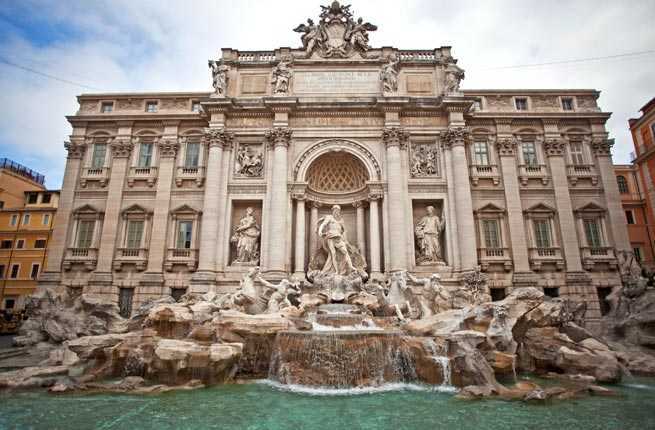
Nowhere in Rome—or dare we say, the world—will you find such a magnificent collection of Baroque art. The villa itself is a masterpiece, commissioned by seventeenth-century Cardinal Scipione Borghese to house his treasures, including Antonio Canova’s sculpture of Napoleon Bonaparte’s sister as Venus Victrix, Bernini’s Apollo and Daphne, and Caravaggio’s self portrait as Bacchus. Tickets must be reserved in advance for slotted times. After perusing the villa’s galleries, take a leisurely stroll through the idyllic Villa Borghese park, where orange trees and flowers bloom. Meander south toward Piazza del Popolo. You can take rowboat out on the lake, visit the zoo, see a play at a replica of Shakespeare’s Globe Theater, or stop by two museums on the park’s edge: the Etruscan Museum in Villa Giulia and the Galleria Nazionale d’Arte Moderna.
Get Lost in the Centro Storico

One of Rome’s great joys is losing yourself in the narrow cobblestone streets that make up Centro Storico. Starting at Piazza del Popolo, three main roads form a trident leading toward Piazza Veneziaand the Colosseum. Branching off are countless streets and alleyways where you’ll find churches with Baroque art, boutiques selling everything from carved wooden figurines to precious jewelry, private courtyards where the wealthiest Romans live, enticing gelaterias, cafés, and restaurants. Take your time and do as the Romans do—this is what la dolce vita is all about.
Shop Until You Drop at the Galleria Alberto Sordi

Take a mid-afternoon break and have coffee at the Illy kiosk at the Galleria Alberto Sordi. The galleria, which dates to 1922 and features stained-glass skylights and mosaic floors, is one of Europe’s most gorgeous places to shop. Check out stores like La Rinascente(Italy’s Macy’s), Zara, Massimo Dutti, and the Italian mega bookstore La Feltrinelli. For designer boutiques, walk along Via Condotti and the surrounding streets. For vintage and Italian heritage brands, stroll through the Campo Marzio.
Drink Espresso

When in Rome, you must drink espresso. Drip coffee and Starbucks don’t exist here. It’s not uncommon for Romans to drink three or more espressos a day, and there are some unspoken rules if you don’t want to look like a tourist when ordering. First, cappuccinos are only drunk at breakfast. After that, order un caffè(a shot of espresso) or un caffè macchiato (a shot of espresso with a dollop of steamed milk). If you ask for a latte, you’ll simply get milk. In the hotter months, ask for un caffè freddo (cold espresso sweetened with loads of sugar) or crema di caffè (the Roman equivalent of a frappuccino). Two of the most famous cafés—Tazza d’Oro and Caffè Sant’Eustachio—hold a fierce rivalry and are just blocks from each other. Try them both and see which you prefer.
Take an Early Evening Break for Aperitivo

After work, Romans love to meet for aperitivo, the Italian happy hour. Any bar worth its salt offers snacks, though these range from peanuts and potato chips to elaborate buffets of the finest finger food you’ve ever eaten. ‘Gusto, a modern, airy restaurant and bar, goes all out with a selection of cheese, arancini, mini pizzas, salads, and other delicacies, all included in the price of a drink. An Aperol Spritz is the classic Roman aperitivo, but Fragolino—a sweet sparkling wine that tastes like strawberries—comes in at a close second.
Shop at the Market at Campo de’ Fiori

Shopping for fresh fruit and vegetables at the mercatois a way of life for many Romans. Lots of neighborhoods have their own markets, and the produce tends to be very high quality—perfect for preparing salads and sandwiches for a picnic. Even if you’re just visiting, you can immerse yourself in the local culture by shopping at the market. The one at Campo de’ Fiori bustles with vendors every morning except Sunday and is one of the city’s most popular.
Eat Gelato at Giolitti

Rome has no shortage of excellent gelaterias, and many Romans are steadfastly loyal to their favorite. Giolitti, a few blocks from the Pantheon, is the city’s best old-school gelateria. It’s been around since 1900 and serves dozens of flavors in a rainbow of hues. If you’re getting yours to go—and it’s less expensive if you do—line up at the cashier and pay before ordering. A small cone gets you two flavors plus whipped cream.
See Modern Art at MAXXI
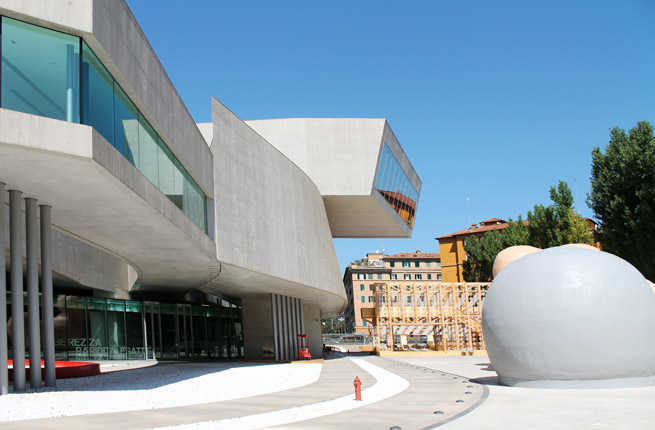
With so much amazing ancient and Baroque art, it’s easy to forget that Rome has some wonderful modern art museums too. MACRO is great, but MAXXI(Museum of 21st Century Art) is arguably the best place to see modern and contemporary art. The building itself is a huge draw—designed by Zaha Hadid, it’s all glass, big open spaces, and staircases that seem to float in the air. Currently on view is a retrospective of Olivo Barbieri, one of Italy’s most important contemporary photographers.
Ascend Gianicolo for Panoramic Views
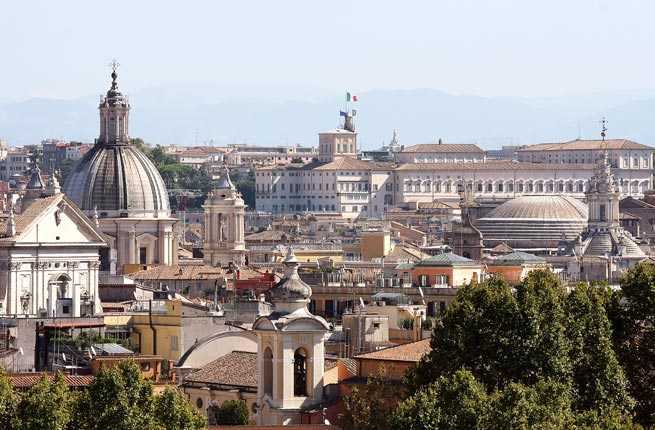
Rome was built on seven hills, and while Gianicolo (or Janiculum) isn’t technically one of them, it is the highest vantage point from which to see the city. Roman lovers gather here at dusk (it’s an infamous makeout spot), and street vendors may try to sell you glowing tchotchkes. But ignore all that and focus on the panoramic vistas. From up here, you can see all the most important monuments: the Spanish Steps, Palazzo Venezia, and beyond. The long and winding road can be quite a hike to the top, so it’s better to go by car or Vespa if you can.
Sample Fried Artichokes in the Jewish Ghetto

The Jewish Ghetto, full of distinct charms, forms a small area between Campo de’ Fiori and Piazza Venezia. From the Renaissance until the nineteenth century, its gates were locked after sunset. Today it still feels distinct from other neighborhoods because of its concentration of Jewish restaurants, shops, and bakeries. Ristorante Piperno is one of the oldest and best places to get carciofi alla giudia (Jewish artichokes), which are fried whole and absolutely delicious. Also try the fiori di zucca (fried stuffed zucchini flowers).
Indulge in La Cucina Romana

Italian cuisine is very regional, and though you might see dishes like ragù alla bolognese (the typical meat sauce that hails from Bologna) on restaurant menus, stick to Roman dishes. Traditionally dubbed la cucina povera, Roman specialties tend to be simple, with a few ingredients prepared using tried-and-true methods. Typical appetizers include fried artichokes, fried salt cod filets, and plenty of cheese and salumi. The most classic Roman pastas are bucatini all’amatriciana, a spicy tomato sauce with peperoncino, guanciale (pig’s cheek), and pecorino romano; spaghetti alla carbonara, a creamy sauce made with raw egg yolk, black pepper, guanciale, and pecorino romano; and tagliatelle cacio e pepe, a winning combination of pecorino romano and black pepper. To try these dishes in a typical no frills Roman trattoria, head to La Carbonara in Monti. For fine dining with avant-garde takes on Rome’s traditional dishes, go to the Michelin-starred Ristorante All’Oro.
Find the Secret Keyhole in the Aventino
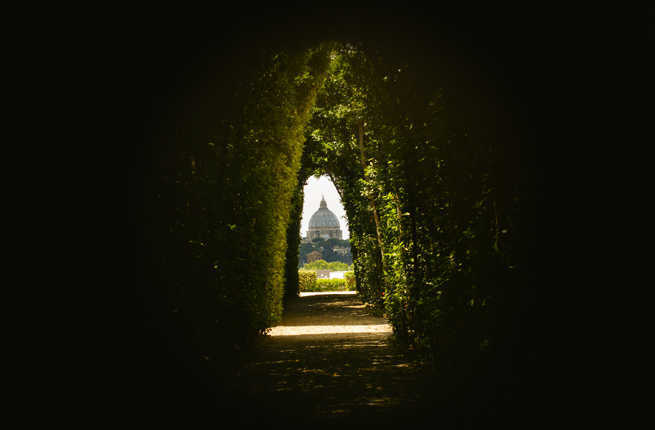
If you want to impress your fellow travelers, find the nondescript door to the Priory of the Knights of Maltaup on the Aventine Hill, just past the orange grove. Peep through the keyhole and you’ll spy a perfect view of Saint Peter’s Basilica across the city. No one knows if it was designed that way or if it was just a lucky coincidence, but the centuries-old building is truly majestic. Before entering the hands of the Knights of Malta, it was a fortified palace belonging to Alberico II, who ruled Rome from 932-954, a Benedictine monastery, and home to the Knights of Templar.
Find Caravaggio’s Greatest Paintings in Churches

Stumble into just about any church and you’re likely to see some impressive art and architecture. There are a few, however, with altars by Caravaggio and other Renaissance and Baroque masters that will leave you awestruck. On Piazza del Popolo, the church of Santa Maria del Popolo holds two of Caravaggio’s masterpieces: the Crucifixion of Saint Peter and the Conversion of Saint Paul. Raphael, Bernini, and Pinturicchio also contributed to its splendid interiors. Near Piazza Navona, the smaller, unassuming church of San Luigi dei Francesi displays three of Caravaggio’s greatest works: the Calling of St. Matthew, Matthew and the Angel, and Matthew’s Martyrdom.
Visit Cinecittà
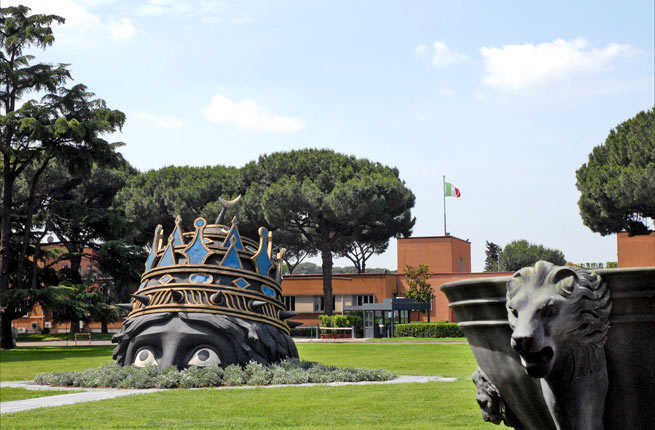
For movie lovers, a visit to Cinecittà Studios provides a chance to bask in the glory of cinematic greatness. Some of the great classics were filmed here, including Fellini’s La Dolce Vita (most of Fellini’s films, in fact), Roman Holiday (you can also see where Gregory Peck lived on Via Margutta), and Cleopatra starring Elizabeth Taylor. More recently, Martin Scorsese filmed Gangs of New York there. Guided tours are available, and you can see the exhibition Cinecittà Shows Off
Experience the Nightlife in Testaccio

As shown in films like La Dolce Vita and the more recent La Grande Bellezza, Romans know how to party. After dark, the city becomes a playground for bacchanalia. In Fellini’s day, Via Veneto was the place to go, but nowadays the epicenter of nightlife is farther south in Testaccio. Formerly a working class neighborhood and home to the city’s largest butchery, Testaccio is now filled from end to end with a profusion of bars and nightclubs, and the party doesn’t stop until dawn. A word to the wise: Be careful in your choice of footwear. The cobblestone streets are a dire enemy of stilettos.
Take a Day Trip to the Sea

It seems like all the locals have a house by the sea, and when the sweltering heat of summer sets in, it’s easy to understand why. Rome isn’t directly on the Mediterranean, but you don’t have to go far to find great beaches. If you have an extra day to escape the city, a trip out to one of the seaside towns surrounding Rome is absolutely worth it. Popular spots among the locals include Ostia Antica(you’ll pass by Roman aqueducts on the train ride there), Fregene, and Cerveteri. Farther south, about halfway to Naples, there’s the whitewashed, unblemished town of Sperlonga—the perfect place for some R&R after all that partying in Testaccio

